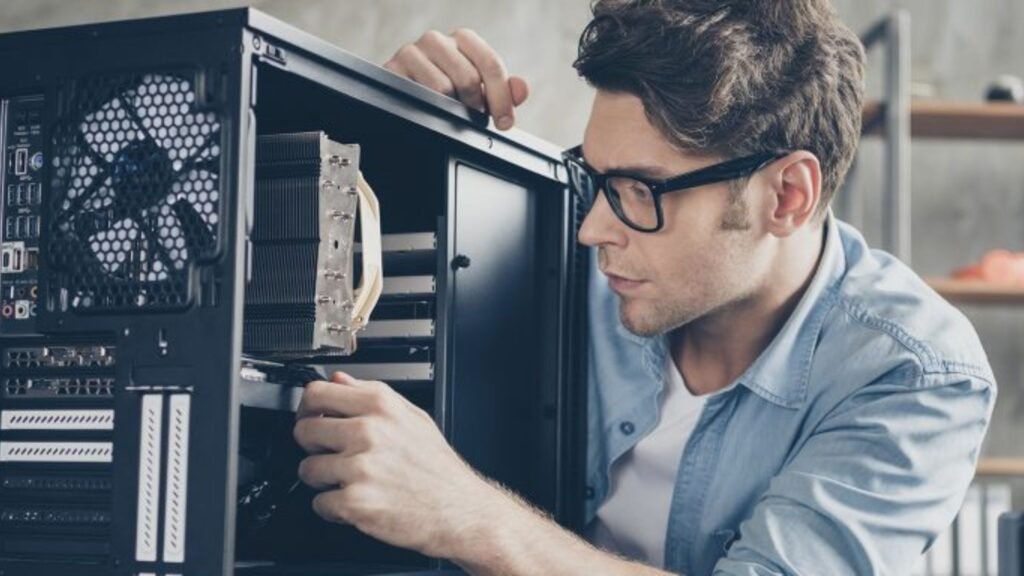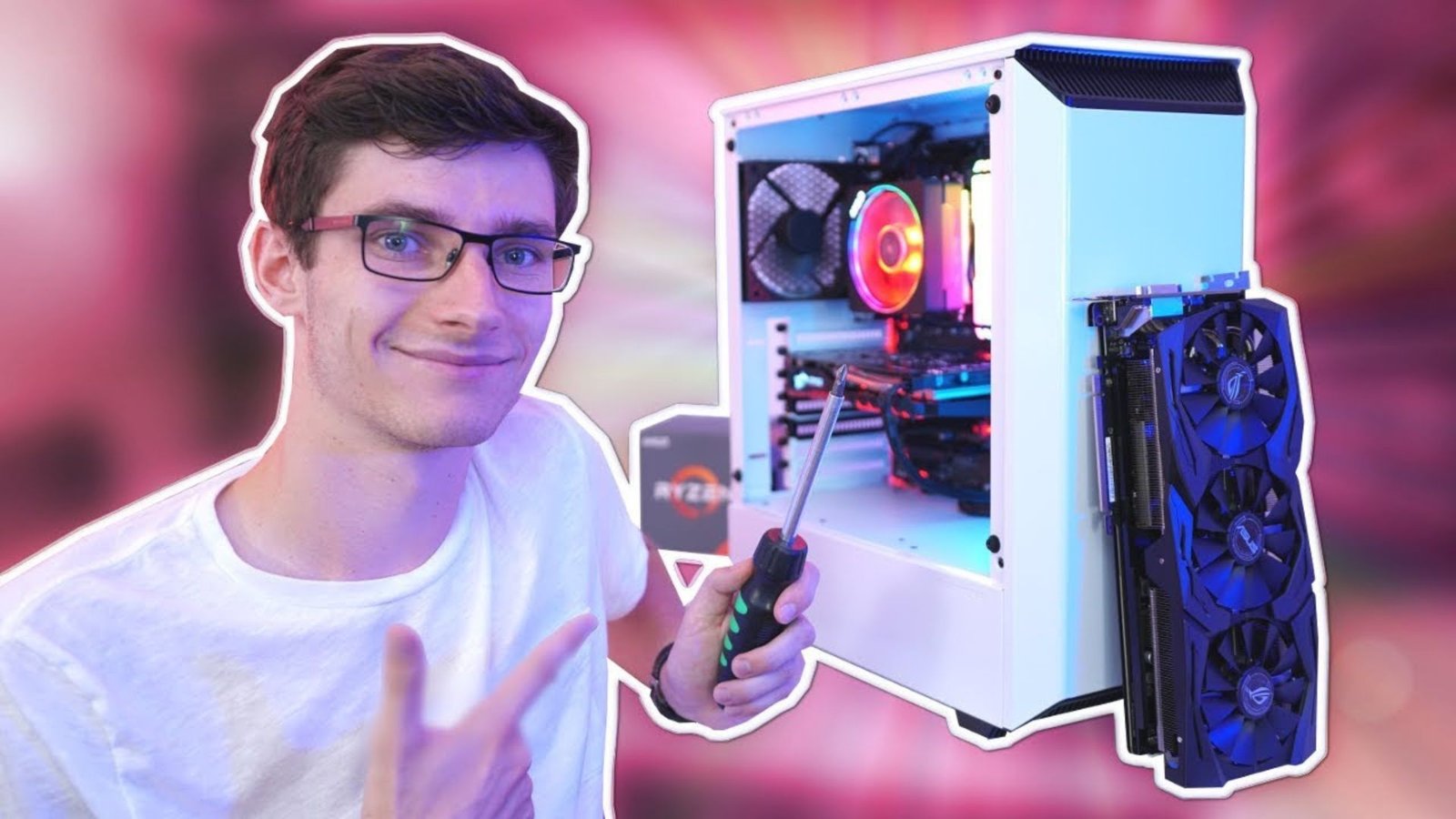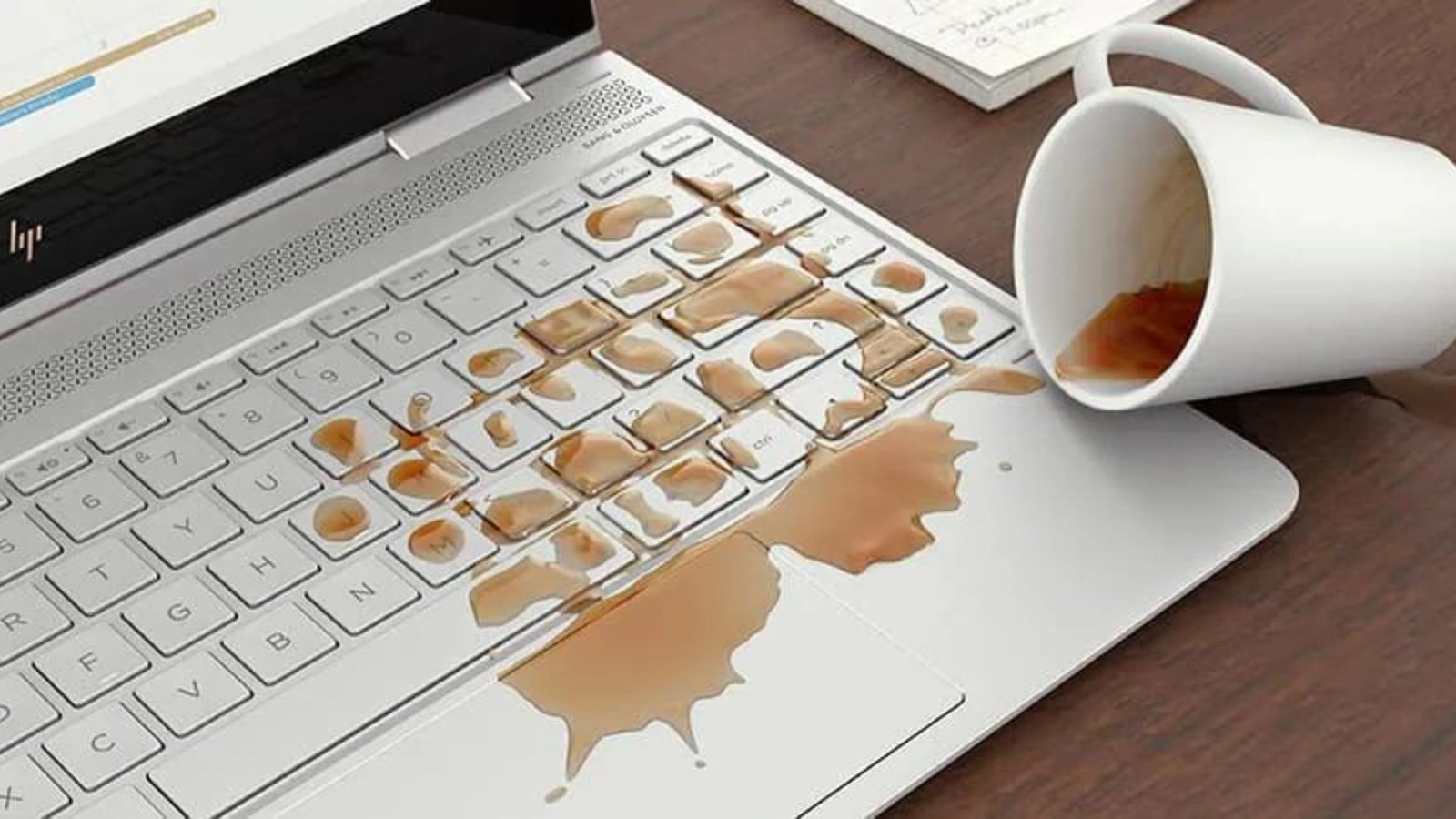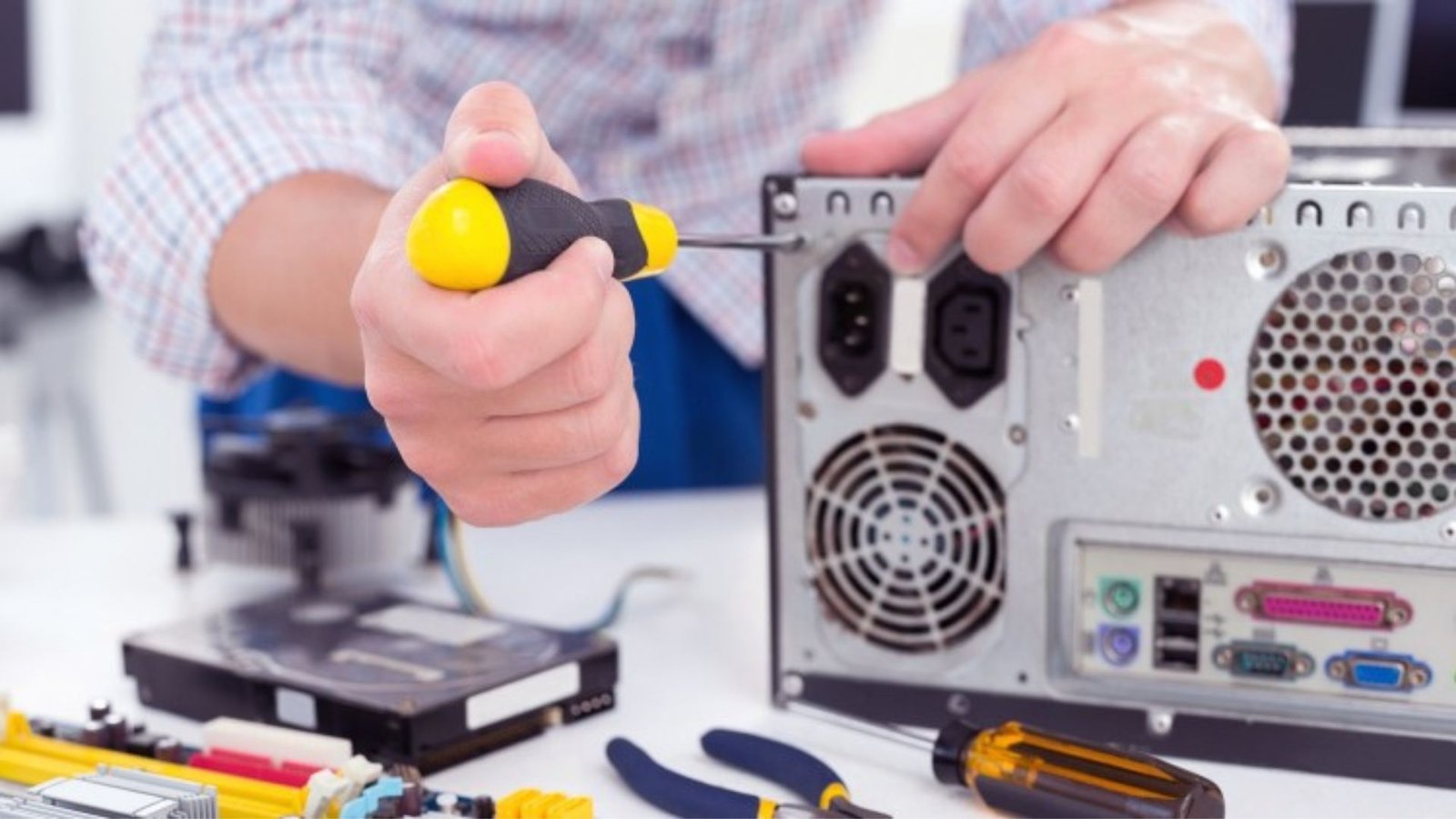Before deciding how to upgrade your personal computer, start by assessing your current system. Identify the components that are outdated or lacking in performance. Common areas to consider are the processor (CPU), memory (RAM), storage, and graphics card (GPU).
Knowing which parts need an upgrade will help you plan your upgrades more effectively and choose the right components.

Upgrade the RAM
One of the easiest ways to improve your computer’s performance is by upgrading the RAM. To find out how to upgrade your personal computer with more RAM, check your motherboard’s specifications to see the maximum amount of RAM it can handle.
- Purchase Compatible RAM: Buy RAM sticks that match your motherboard’s specifications in terms of speed and type (DDR3, DDR4, etc.).
- Install the RAM: Open your computer case, locate the RAM slots, and insert the new RAM sticks into the available slots. Make sure they click into place.
Increasing RAM helps with multitasking and speeds up applications, especially if you’re running memory-intensive programs.
Upgrade the Storage
Upgrading your storage is another effective way to enhance your computer. Replacing an old hard drive with a new SSD can significantly boost speed. Here’s how to upgrade your personal computer with new storage:
- Choose the Right SSD: Look for an SSD with a storage capacity that meets your needs. SSDs come in different sizes, so pick one that fits in your case and motherboard.
- Clone Your Old Drive: Use cloning software to copy your existing data from the old hard drive to the new SSD. This makes transitioning smoother.
- Install the SSD: Replace the old drive with the new SSD, connect it to your motherboard, and ensure all cables are properly attached.
An SSD offers faster boot times and quicker file access compared to traditional hard drives.
Upgrade the Graphics Card
If you’re into gaming or graphic design, upgrading your graphics card can make a big difference. Here’s how to upgrade your personal computer with a new GPU:
- Select a Compatible Graphics Card: Make sure the new graphics card is compatible with your motherboard and fits in your case. Check power requirements as well.
- Remove the Old Card: Open your case, unclip the old graphics card from its slot, and unplug any power cables attached to it.
- Install the New Card: Insert the new graphics card into the PCIe slot, secure it with screws, and connect any necessary power cables.
A new GPU enhances visual performance and is crucial for high-resolution gaming or professional graphic work.
Upgrade the Processor (CPU)
Upgrading the CPU is more complex but can lead to significant performance improvements. Here’s how to upgrade your personal computer with a new processor:
- Check Compatibility: Verify that the new CPU is compatible with your motherboard’s socket type and chipset.
- Update BIOS: Sometimes, you may need to update your motherboard’s BIOS to support a new processor.
- Install the New CPU: Remove the old CPU and its heatsink. Place the new CPU into the socket, apply thermal paste, and reattach the heatsink.
A better CPU improves overall system performance and speeds up processing tasks.
Improve Cooling
As you upgrade your personal computer, consider enhancing your cooling system. Better cooling helps maintain optimal performance and prolongs the life of your components.
- Install Additional Fans: Adding extra case fans can improve airflow and cooling efficiency.
- Upgrade the CPU Cooler: Consider installing a more powerful CPU cooler if you’re upgrading to a high-performance processor.
Effective cooling prevents overheating and ensures stable operation of your upgraded components.
Conclusion
Understanding how to upgrade your personal computer involves assessing your current system and upgrading components like RAM, storage, graphics card, and CPU. By choosing the right upgrades and following the proper installation steps, you can enhance your computer’s performance and extend its lifespan. Keep your system well-cooled and updated to enjoy a smoother and more efficient computing experience.











